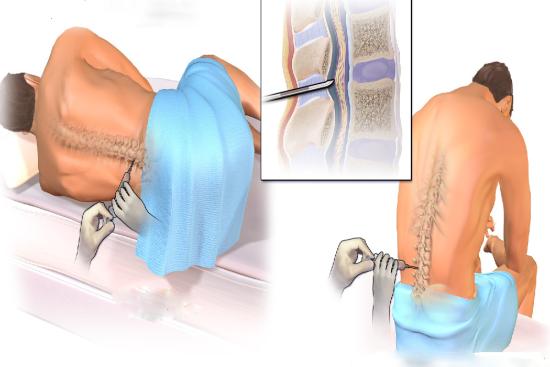Do you experience persistent headaches, unexplained neurological symptoms, or sudden changes in sensation or mobility? Waiting too long for a clear diagnosis can be stressful and worrying. A lumbar puncture (punción lumbar) in Turkey provides a reliable solution: a minimally invasive procedure that collects cerebrospinal fluid (líquido cefalorraquídeo) to detect conditions like meningitis, multiple sclerosis, and other neurological disorders.
At Turquie Santé, we coordinate every step of your journey, ensuring you receive expert care, safety, and comfort so you can get answers without delay.








